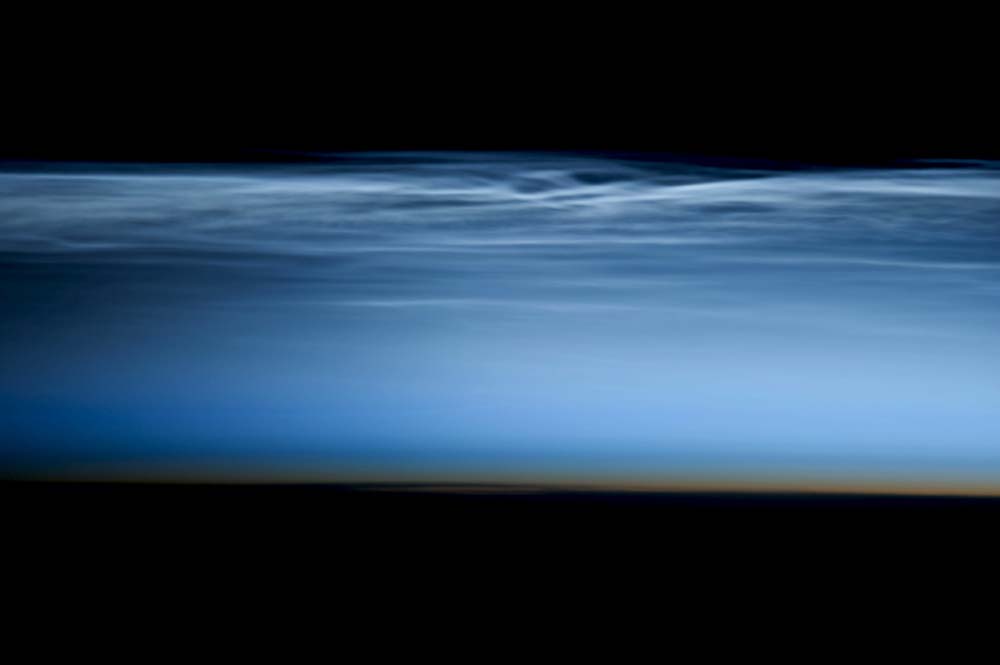Think the Northern Lights are beautiful? Well, another breathtaking atmospheric phenomenon is in high season and set to light up the night sky.

Noctilucent clouds, or Polar Mesospheric Clouds, are poorly-understood. The clouds form in the highest part of our atmosphere — between 76 and 85 kilometres above Earth’s surface, in the mesosphere. At this height, water vapour freezes into ice crystals. The setting sun illuminates these crystals making the electric-blue clouds appear almost iridescent.
Although the clouds are visible in both hemispheres, in the northern hemisphere, they are best seen at higher latitudes. The phenomenon tends to be most visible during late spring and early summer.
Noctilucent clouds were first noticed in 1885, two years after the volcano Krakatoa erupted. Scientists are unsure if the two events are connected.
Because these clouds used to be confined to the far north, some cite their appearance at lower latitudes as evidence of global climate change and increases in greenhouse gases.
However, in 2007, NASA launched the Aeronomy of Ice in the Mesosphere (AIM) satellite, designed to help scientists understand the phenomenon.
In 2009, James Russell of Hampton University, the principal investigator of the mission, reported, “We’ve detected bits of ‘meteor smoke’ embedded in noctilucent clouds. This discovery supports the theory that meteor dust is the nucleating agent around which NLCs form.”
Scientists believe that noctilucent clouds are made of ice water that has grown on the dust of meteorites within our atmosphere.
So remember…keep looking up: you never know what stunning surprises the night sky has in store.
For a daily map of noctilucent clouds, visit Spaceweather.com.
- Ontario First Nation declares state of emergency amid skyrocketing benzene levels
- Singh mulls TikTok return as U.S. nears potential ban over security fears
- More financial institutes are offering crypto-services, survey shows
- Possible TikTok ban in U.S. looms after Biden signs bill, setting up legal fight




Comments